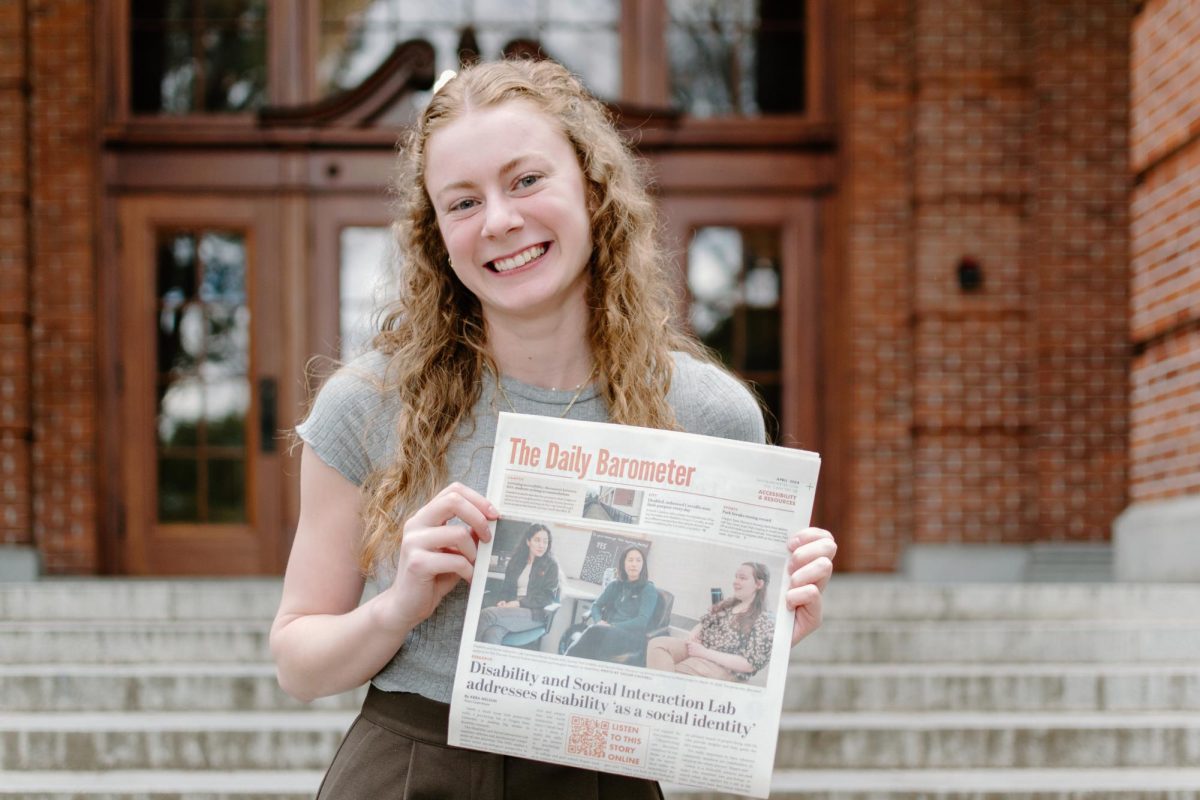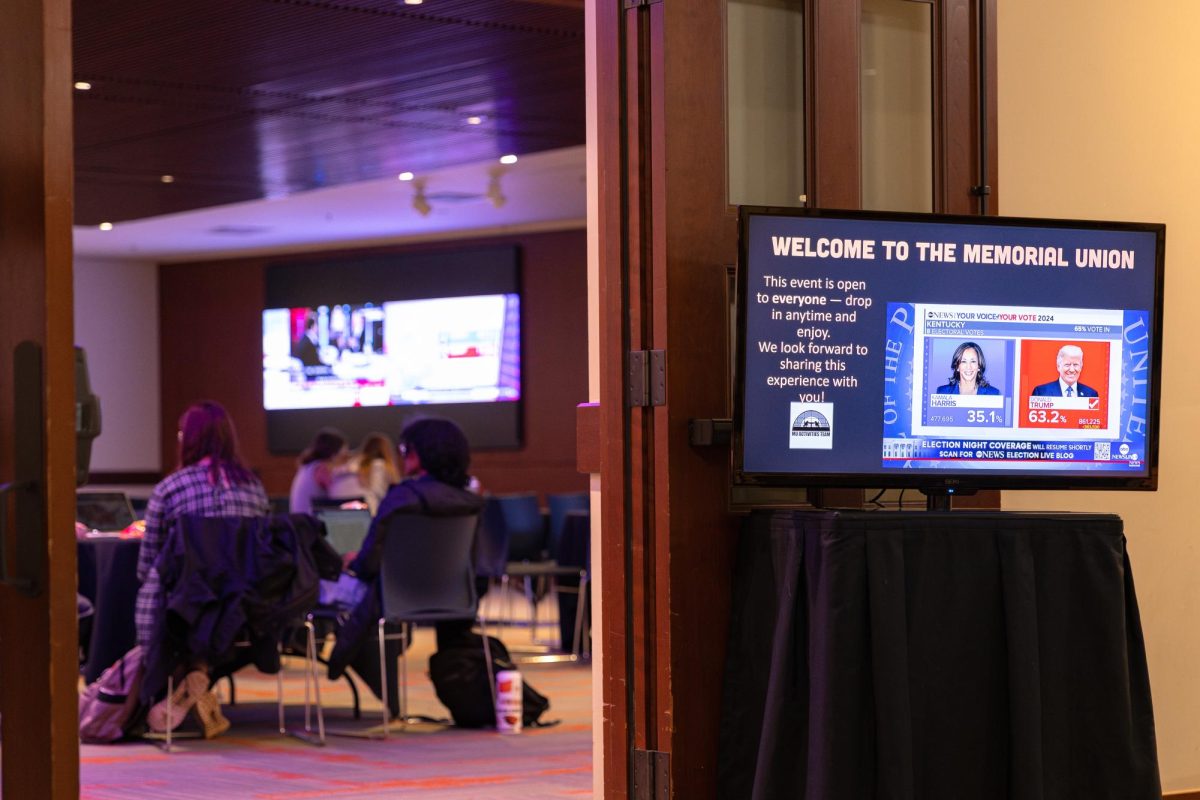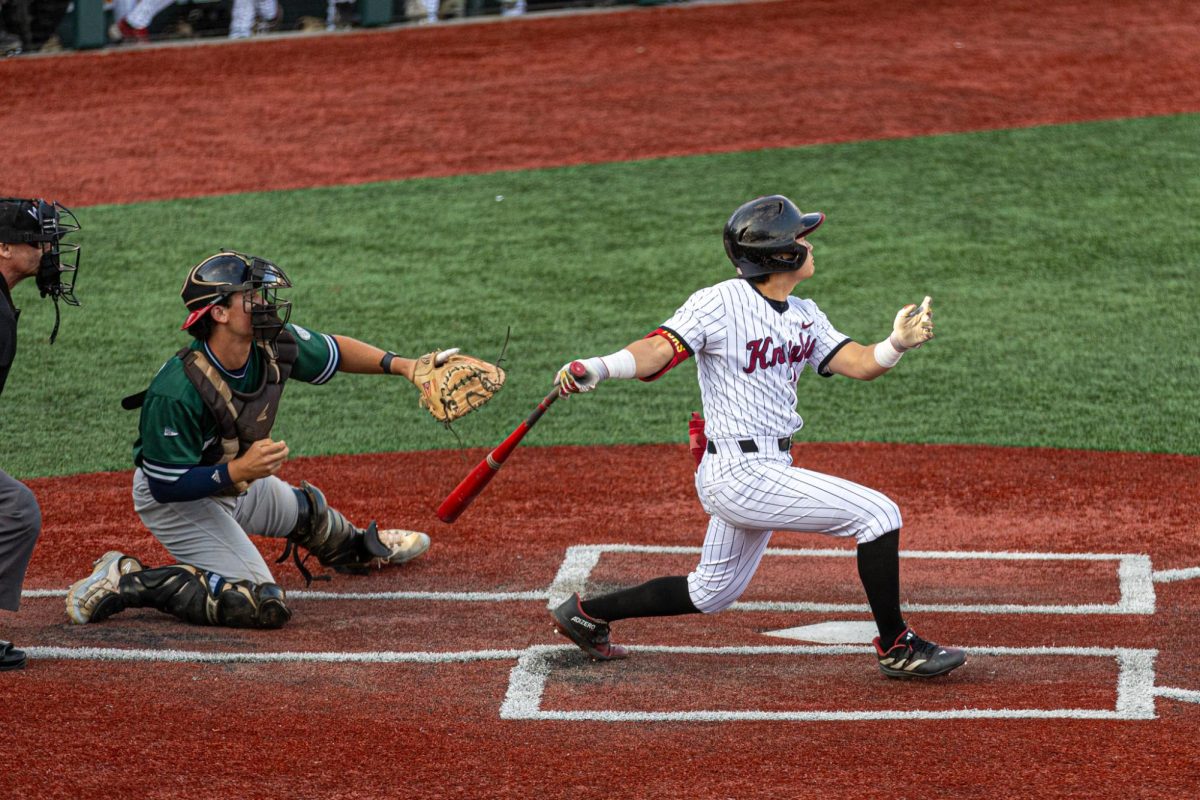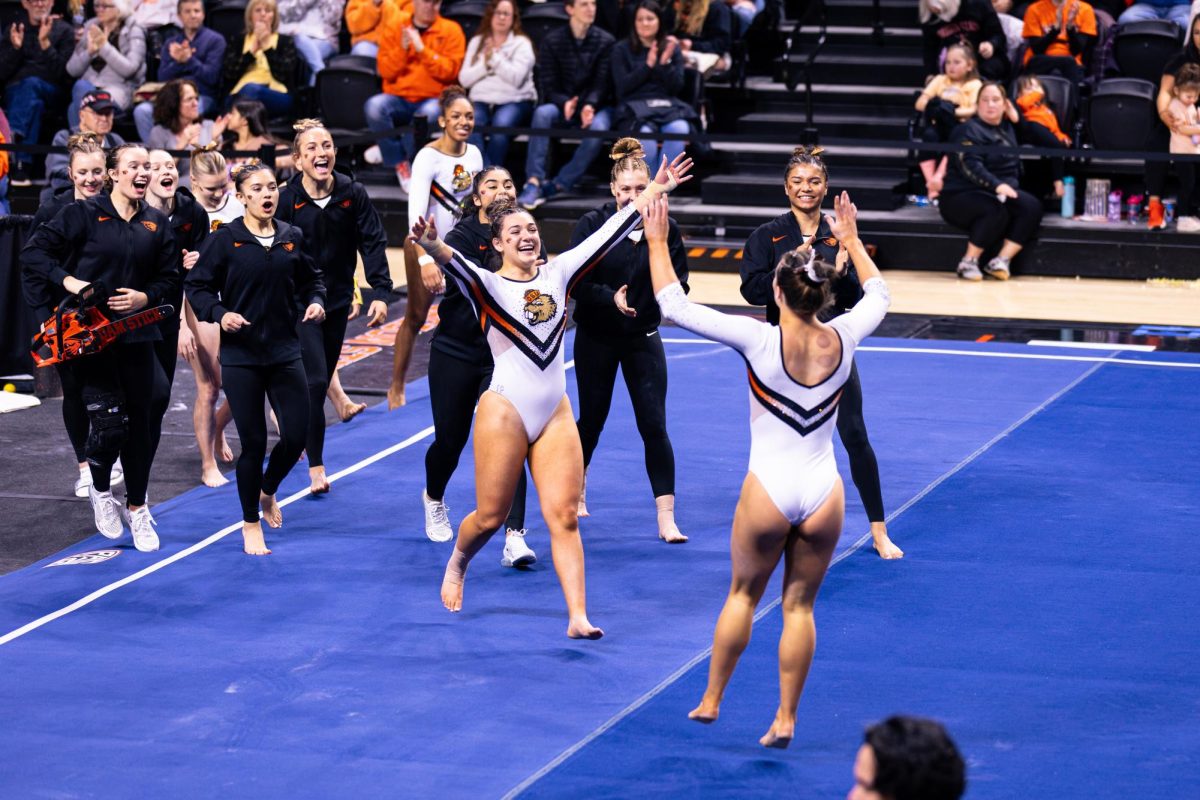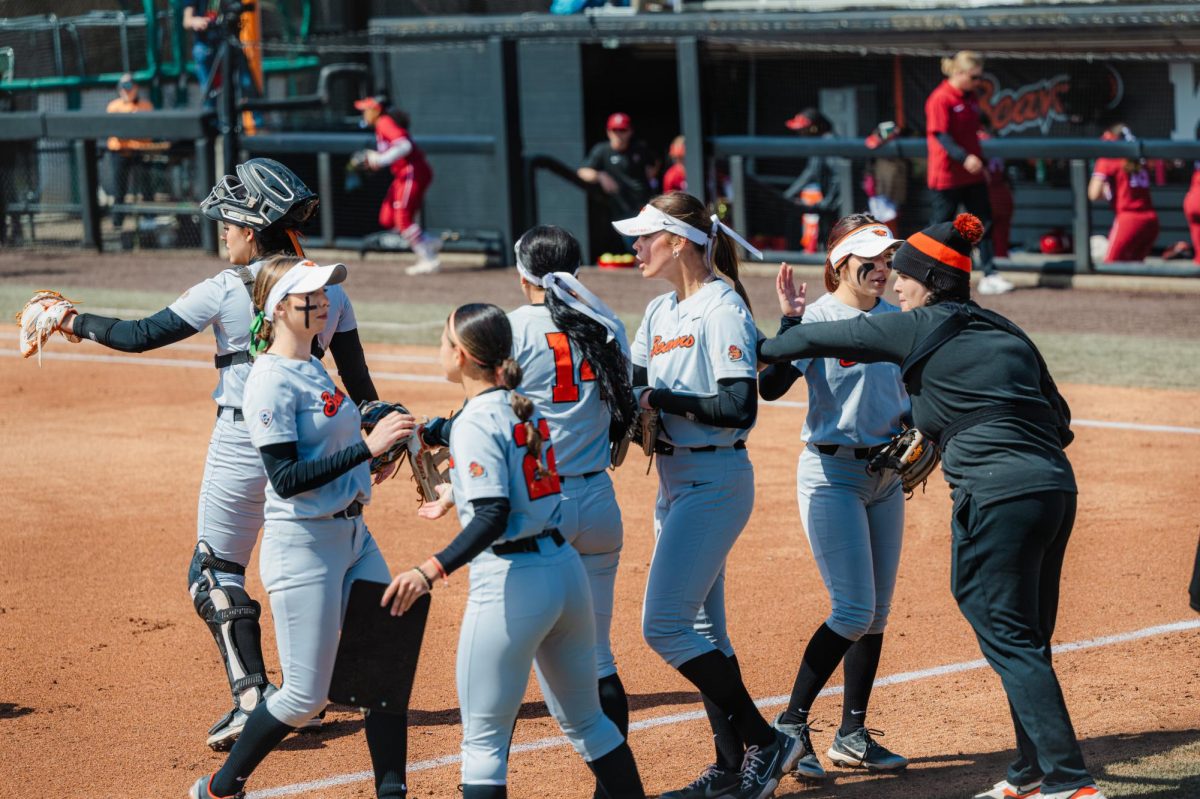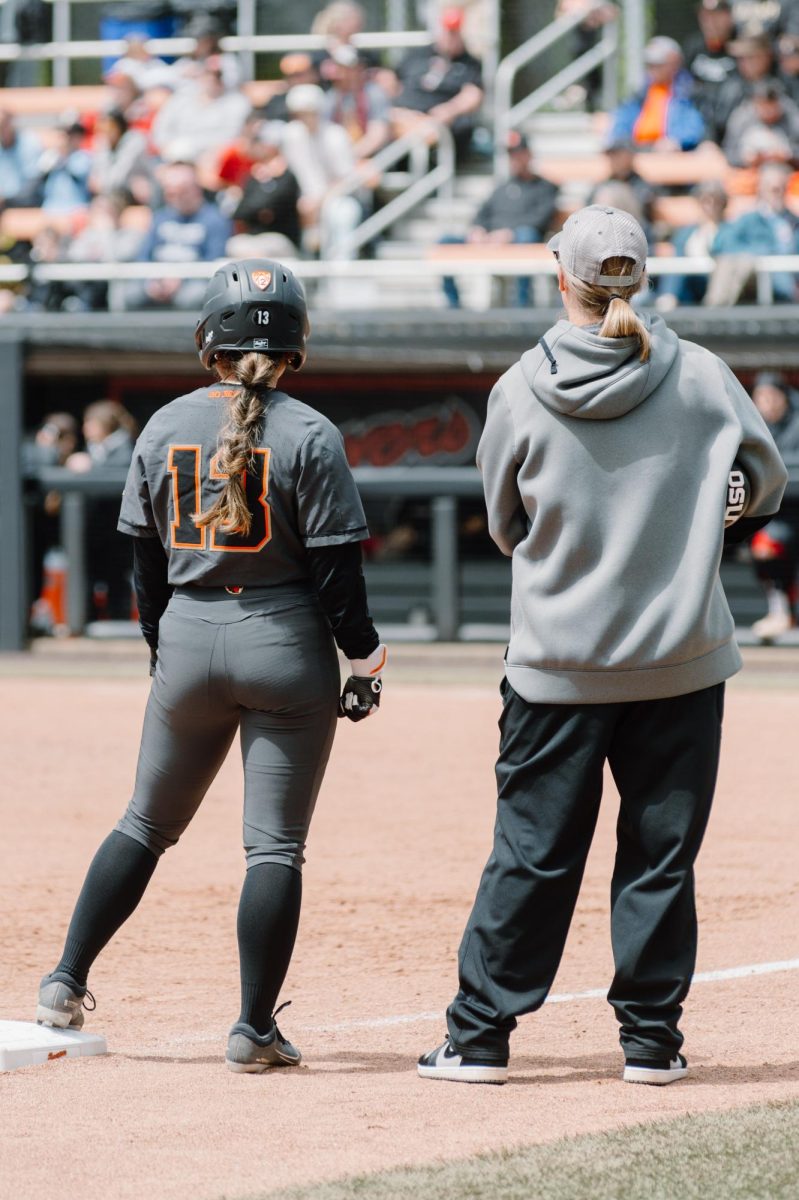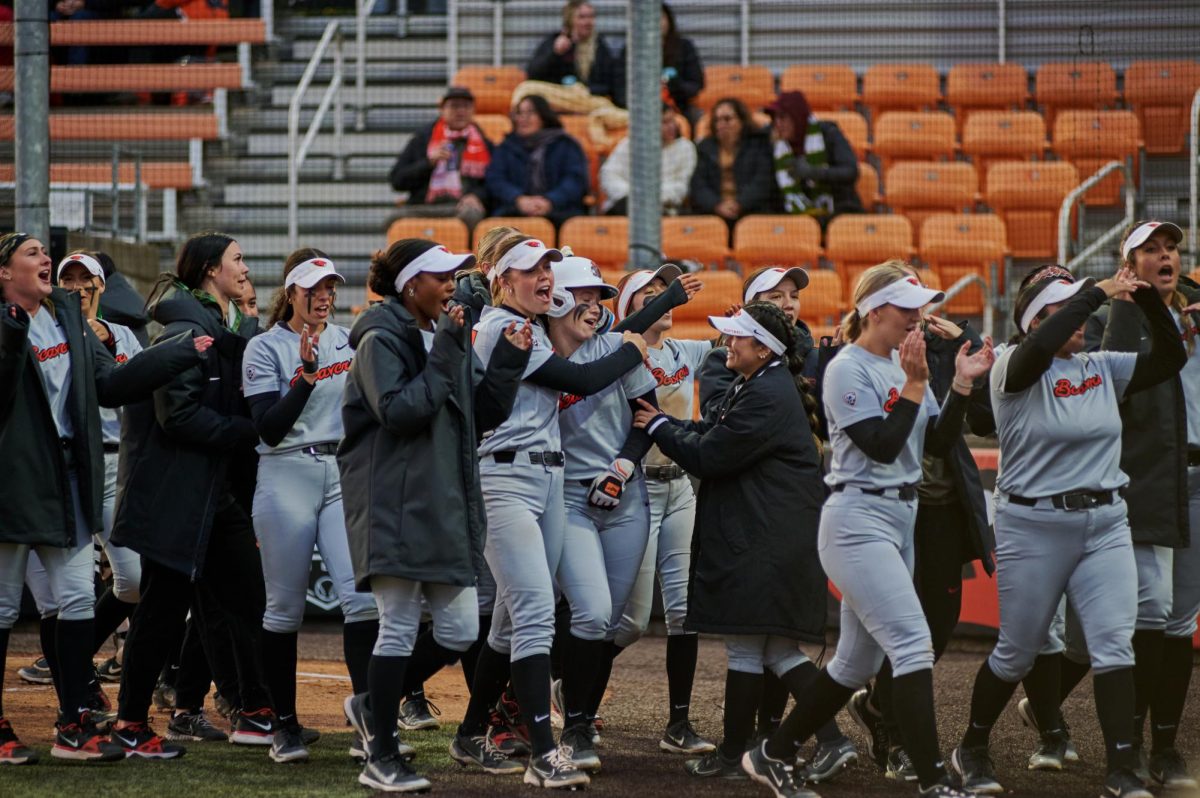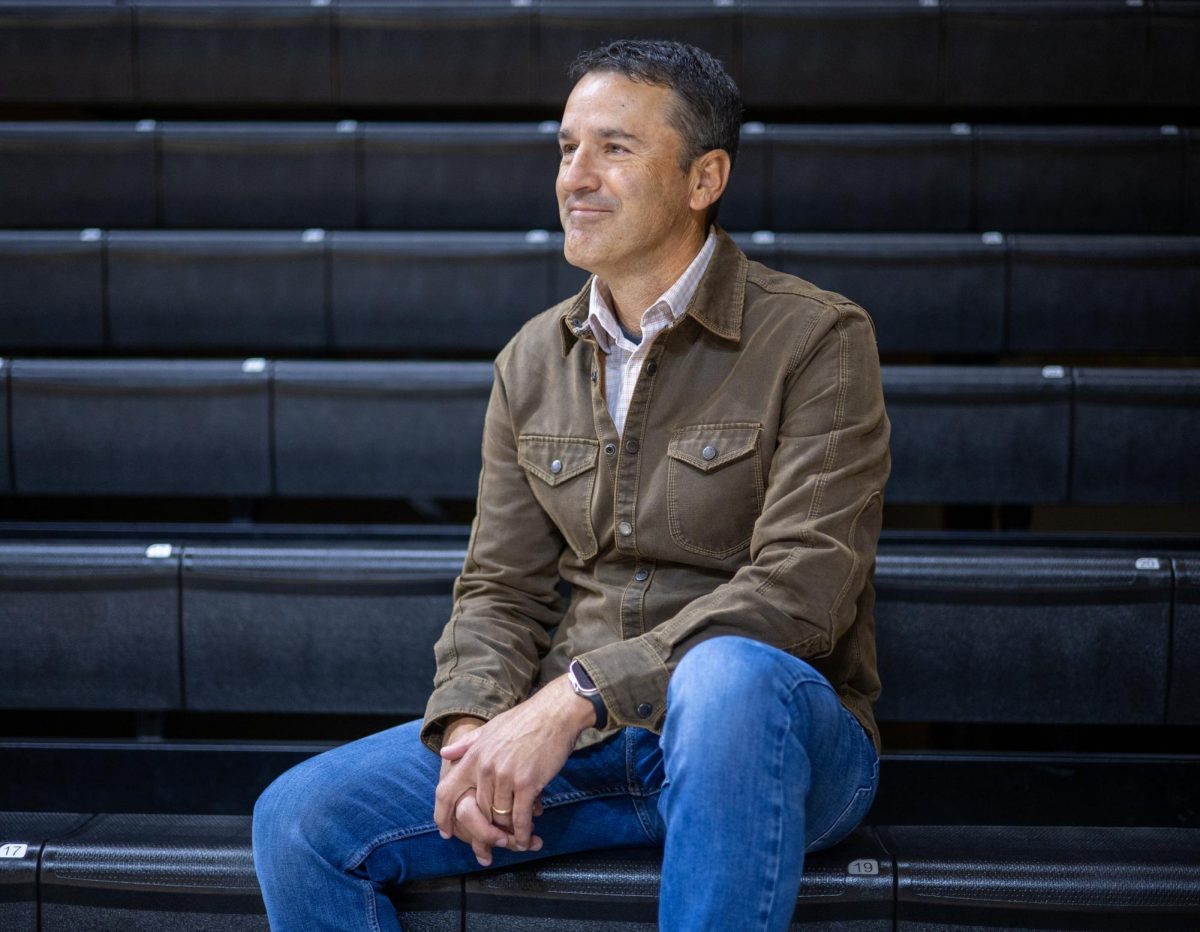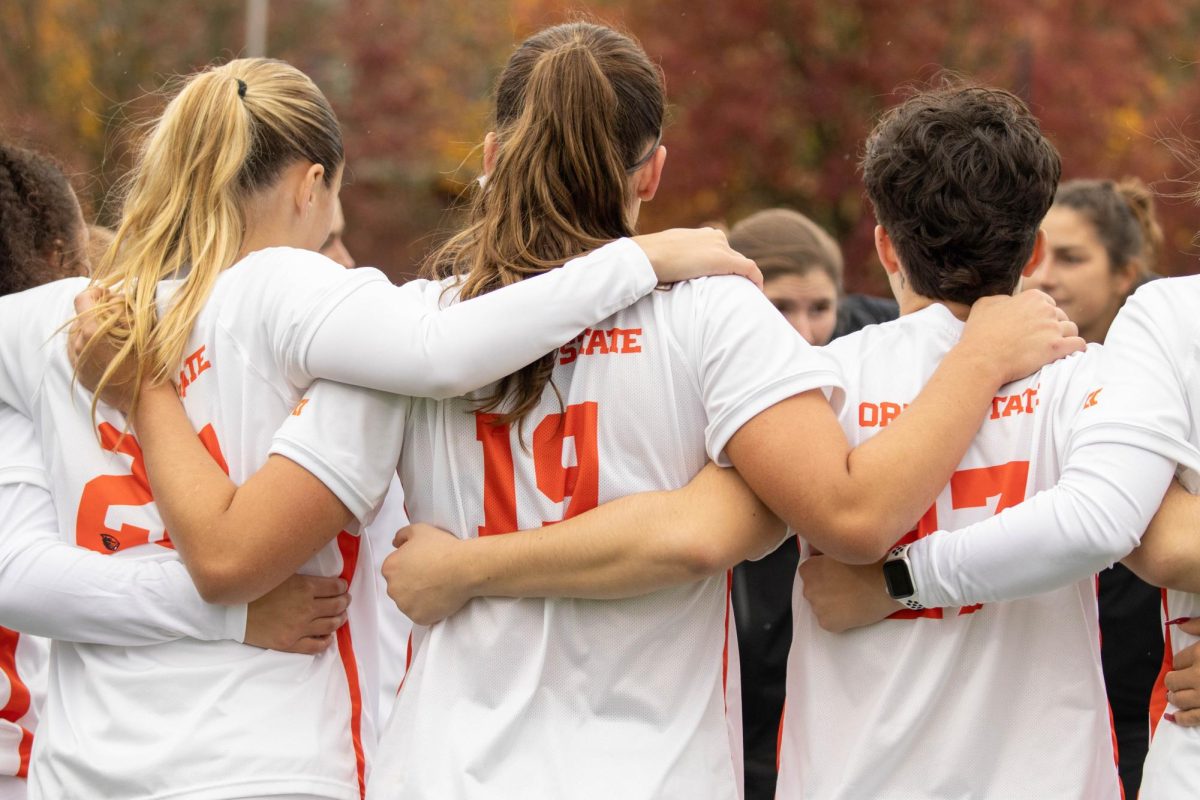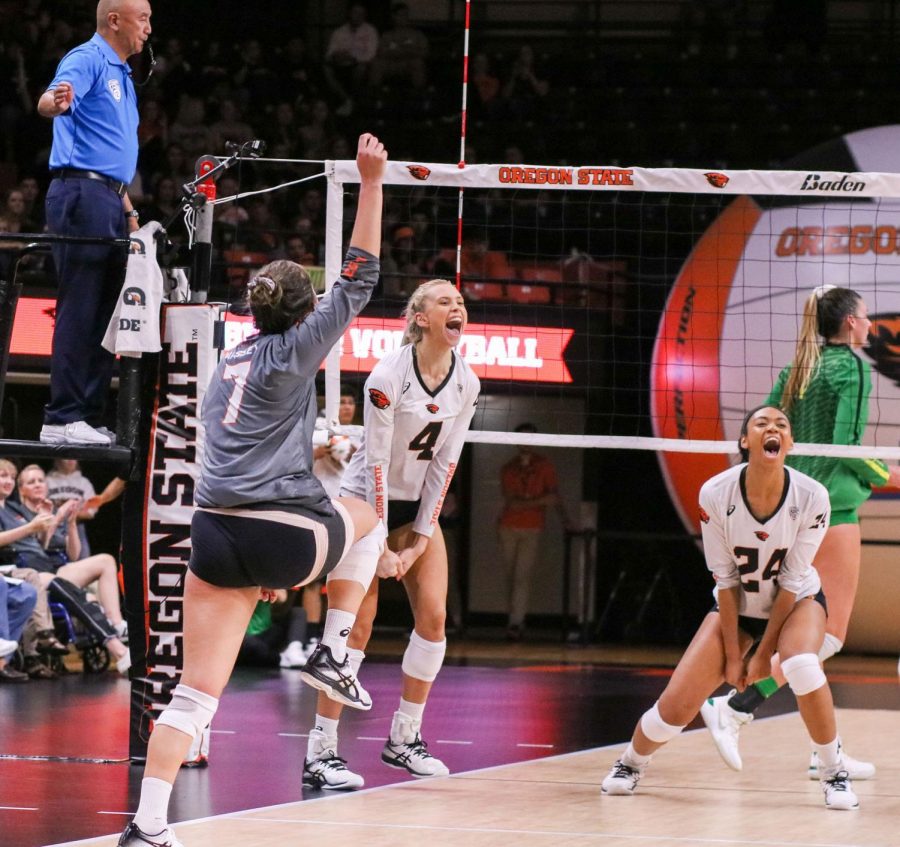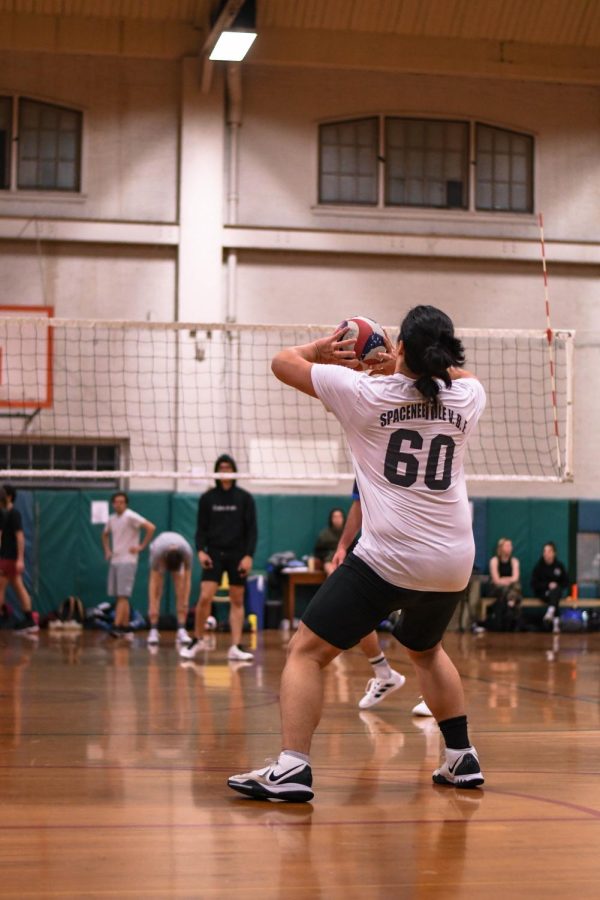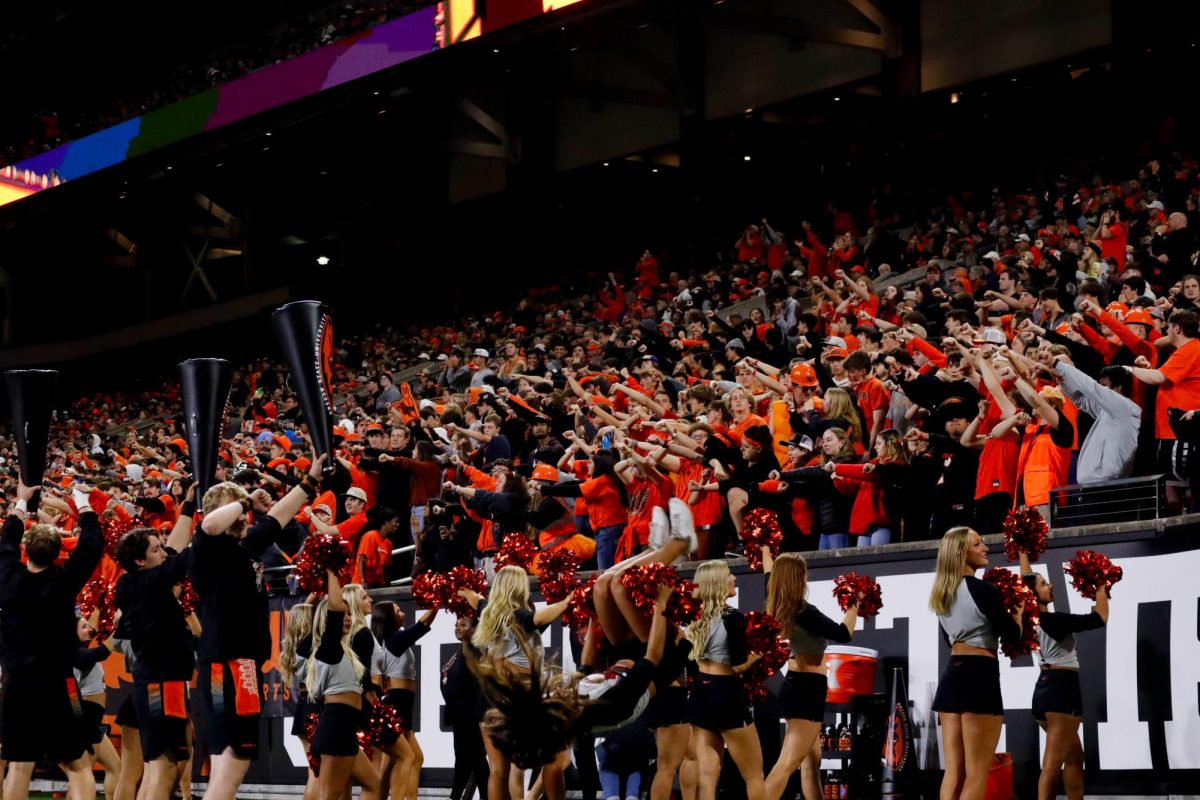Having fun and going out is all part of the college experience, but safety is something that isn’t as often addressed in a college student’s mind. Community members encourage safe practices at parties and other outings that students might attend.
Benton County Public Health is working to promote alcohol harm reduction messaging campaigns.
According to Suzie Beaupre, substance use prevention policy analyst for the Benton County Public Health Department, both campaigns are “aimed at reducing binge drinking and longer-term excessive drinking.”
The first initiative, The Red Cup campaign, is a partnership with Benton County Public Health, the Corvallis Police Department and local design agency, Madison Avenue Collective.
The campaign is a local campaign for Corvallis and the Oregon State University student population which developed more information that educated students about their blood alcohol content and things they could do to mitigate or minimize the risks of binge drinking.
The second initiative is called Rethink the Drink which is a statewide campaign with a similar aim: asking people to pause and think about the role alcohol plays in their lives. Some of these messages are more generalized for Oregon, while others are more specific campaigns, according to Beaupre.
Beaupre also said for binge drinking, men can have five or more standard drinks in one sitting, and for women, it’s four or more drinks. Heavy drinking, which can be harmful long-term for students’ health, is considered to be 15 or more drinks in a week for a man and 8 or more for a woman.
It’s not only city-wide messaging campaigns that are working to prevent harm to students, though.
Narcan is one way that OSU’s campus is preventing lethal overdoses, which is a nasal form of Naloxone, a medicine that can reverse an opioid overdose.“If you talk to the health services on campus, they can make sure that people have access to Narcan,” said Beaupre
According to Beaupre, “It’s really almost impossible to determine what’s in the pills that are provided outside of the pharmacy setting or hospitals, and they could contain fentanyl.”
Fentanyl can be dangerous even in small doses and is more prevalent than many who take illicit substances at outings may think. According to the United States Drug Enforcement Administration, “42% of pills tested for fentanyl contained at least 2 mg of fentanyl, considered a potentially lethal dose.”
“It could be found in things that look like Xanax, or Adderall, Vicodin, Oxycontin and lots of other things that can almost be pressed to look like any other pill,” said Beaupre.
While fentanyl is more widely considered to be dangerous, alcohol can be as well.
Many students may choose to go to parties hosted by those in Greek life at OSU. According to the OSU risk reduction and management page for the Center for Fraternity and Sorority Life, “Improving the overall health and safety of all members is a high priority for the fraternity and sorority community.”
Chapters are required to do many things to reduce harm at these parties, including not serving hard alcohol (alcohol greater than or equal to 15% alcohol by volume) and attending or hosting educational workshops focused on preventing high-risk alcohol and drug use and on preventing sexual assault and violence.
According to the Program Coordinator of SafeRide Jeff Baxter, when drinking, everyone should have a plan. There should be somebody you can call or someone physically with you to keep you safe.

He also said SafeRide can be something like a lifeline for people, so if students go out without a plan, there is always an option for a ride home. SafeRide is a service provided by Oregon State University to ensure students have a way to safely get home at any time of night but can be especially useful in these situations.
Students can request a ride through SafeRide for free through the app, or by calling the SafeRide dispatch number at 541-737-5000.
While students may feel pressure to drink at these outings, not all students are drinking. According to a survey from the National Institute on Alcohol Abuse and Alcoholism, only 49% of full-time students aged 18-22 drank in the last month which means around half of students are not drinking often or at all.
“We really want to give people permission as a society to either cut back or not drink if that’s what they’re choosing in that moment,” said Beaupre.

